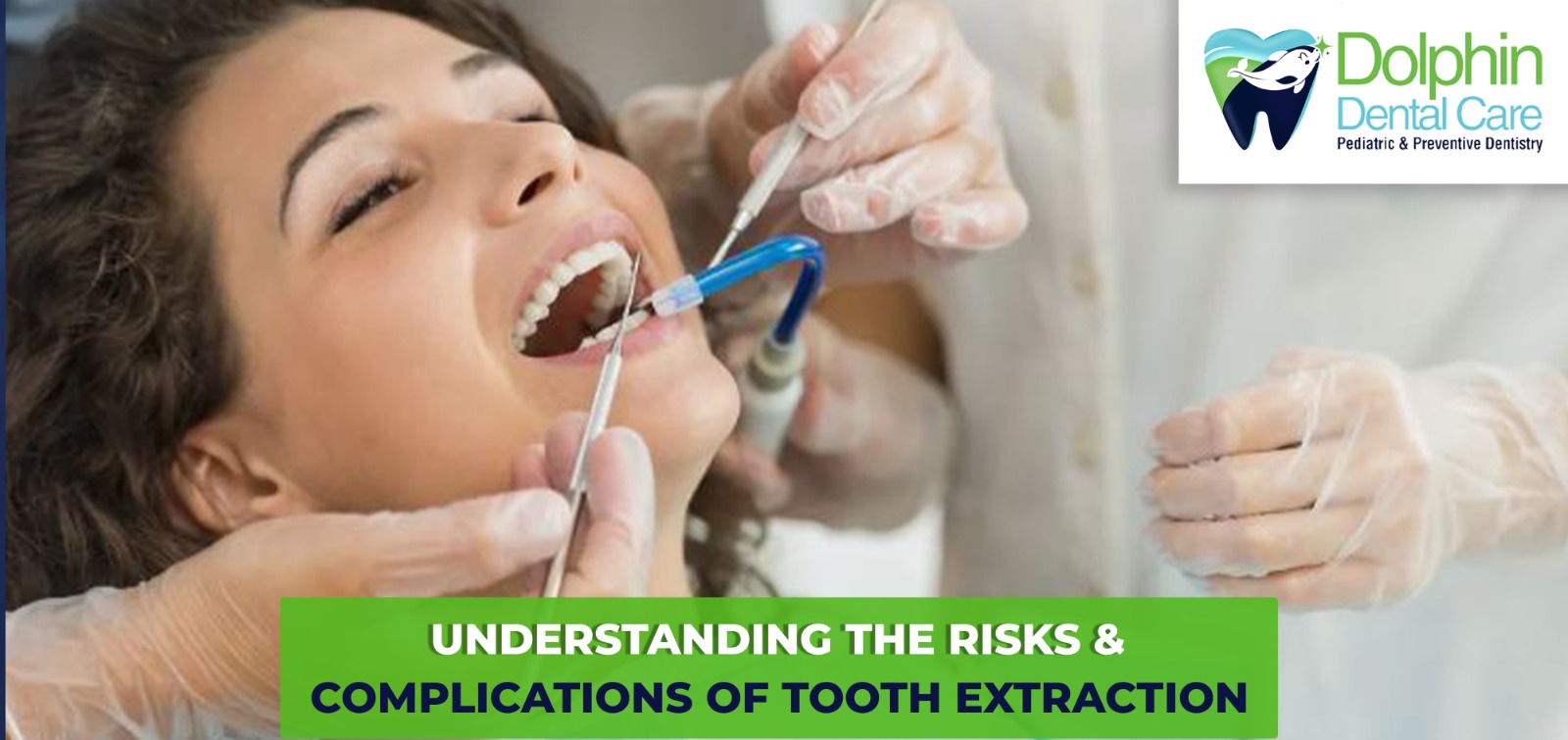Tooth extraction is a common dental procedure that is performed for a variety of reasons, such as severe tooth decay, gum disease, or to make room for orthodontic treatment. While tooth extraction is generally safe and well-tolerated, there are some risks and potential complications that patients should be aware of.
1. Pain and Swelling: After tooth extraction, patients may experience pain and swelling in the affected area. This can be managed with over-the-counter pain relievers and ice packs, but in some cases, stronger pain medication may be needed.
2. Bleeding: It is normal to experience some bleeding after a tooth extraction, but excessive bleeding can be a sign of a complication. Patients should follow their dentist’s instructions for managing bleeding and contact their dentist if bleeding persists.
3. Infection: There is a risk of infection after any surgical procedure, including tooth extraction. Patients should follow their dentist’s instructions for caring for the extraction site and contact their dentist if they experience signs of infection, such as fever or severe pain.
4. Nerve Damage: In rare cases, tooth extraction can result in nerve damage, which can cause tingling, numbness, or a loss of sensation in the face, tongue, or lips. This can be temporary or permanent and may require additional treatment.
5. Dry Socket: Dry socket is a complication that occurs when the blood clot that forms in the socket after a tooth extraction is dislodged, exposing the underlying bone and nerves. This can be very painful and may require additional treatment.
To minimize the risk of complications, patients should follow their dentist’s instructions for preparing for and recovering from tooth extraction. This may include avoiding certain foods, taking medication as prescribed, and attending follow-up appointments with their dentist.
Conclusion:
While tooth extraction is generally safe and well-tolerated, it is important for patients to be aware of the potential risks and complications. By working closely with their dentist and following their instructions, patients can minimize their risk of complications and ensure a successful recovery.

